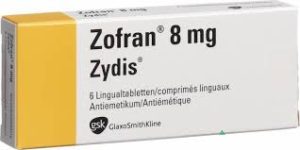A lawsuit accusing Medtronics of covering up negative side effects of its Infuse bone graft has been revived by an appeals court.
A lawsuit accusing Medtronic of misleading shareholders by concealing the adverse effects of its Infuse bone graft, has been revived by the The 8th U.S. Circuit Court of Appeals in St. Paul, Minnesota.
The Infuse bone graft has been used in more than 1 million surgeries. In 2002, the FDA approved the Infuse bone graft for use in specific types of spinal fusion surgeries. The Infuse bone grafts variety are “synthetic, concentrated proteins…mixed with collagen from cows and injected into the spine to alleviate pain.”
The Spine Journal found, in 2011, that the risks of the product had been understated by medical professionals.
In 2012, the U.S. Senate Finance Committee stated that Medtronic, Inc., the manufacturer of the Infuse bone graft, had paid doctors hundreds of millions of dollars to write favorable articles and manipulate studies on the popular product.
In 2013, Medtronic shareholders sued the company claiming that the company’s stock had been inflated due to these unethical activities. As the truth about the product emerged, they have alleged hundreds of millions of dollars in losses.
In 2014, Medtronic agreed to settle its Infuse bone graft lawsuit for $22 million that involves 950 people. Around 2,300 surgeons had used Medtronic products in the US prior to any serious side effects being reported.
An earlier decision in the case judged that shareholders had waited too long before seeking legal action. As 2016 came to a close an appeals court found that the case could still be brought forward.
The case will now be returned to the lower court for further proceedings.


